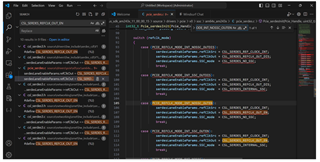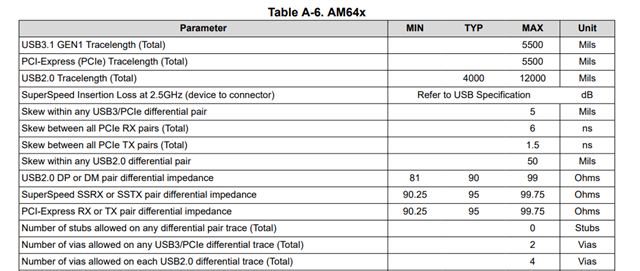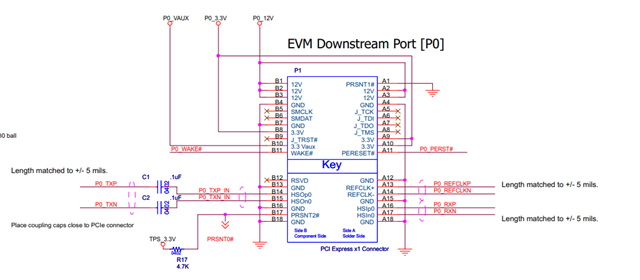Hi TI Experts,
I have the below queries on using the SERDES0 in my design.
1. Supported Interfaces
2. Implementation Reference for PCIe
3. Implementation Reference for USB3.0
4. Can i use PCIe and USB3.0 interface at the same time
5. Is AM64 able to change PCIE driving? If yes, how to do?
Let me know your thoughts.


 .
.

